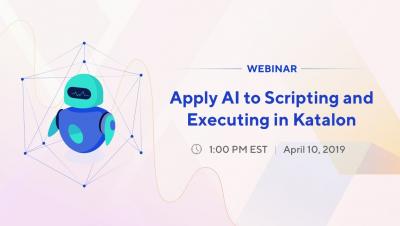Part 2: How machine learning, AI and automation could break the BI adoption barrier
If, as we saw in part one of this series, 77% of businesses are 'definitely not' or 'probably not' using analytics to its full extent and the adoption rate of analytics platforms is an abysmal 32%, something drastic needs to happen. Can the era of augmented analytics with its machine learning and AI fix this adoption issue?







